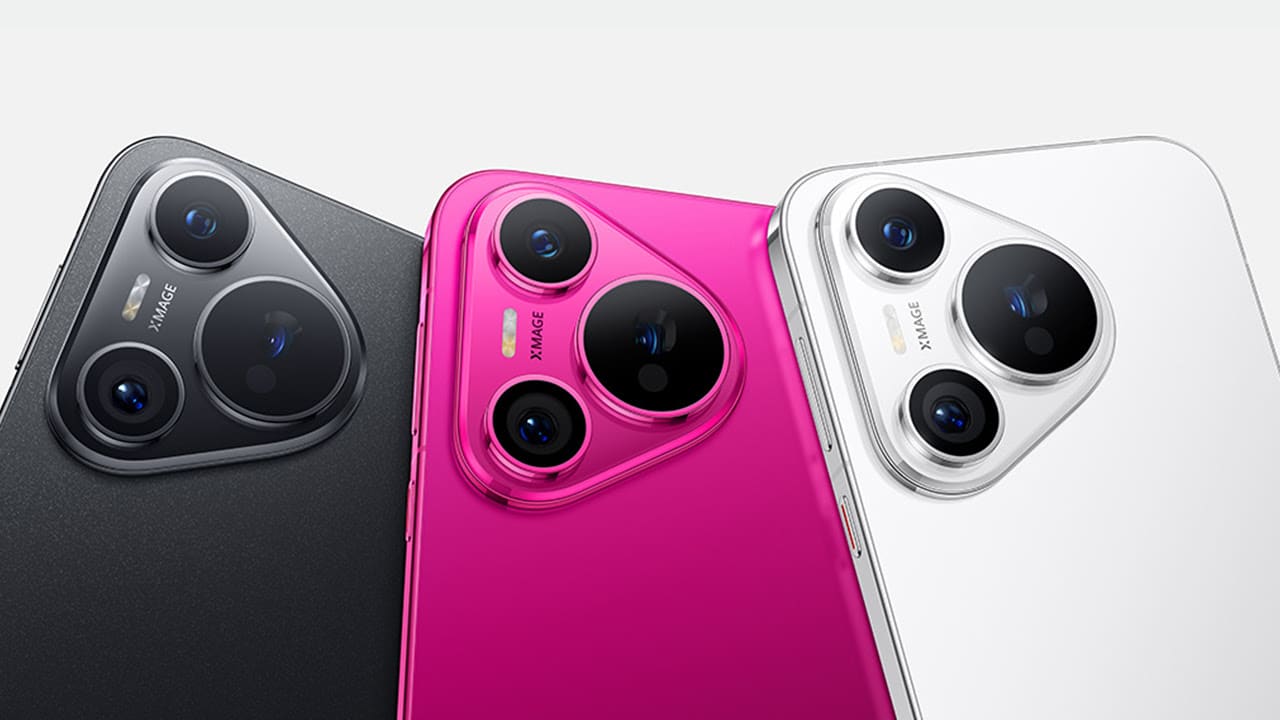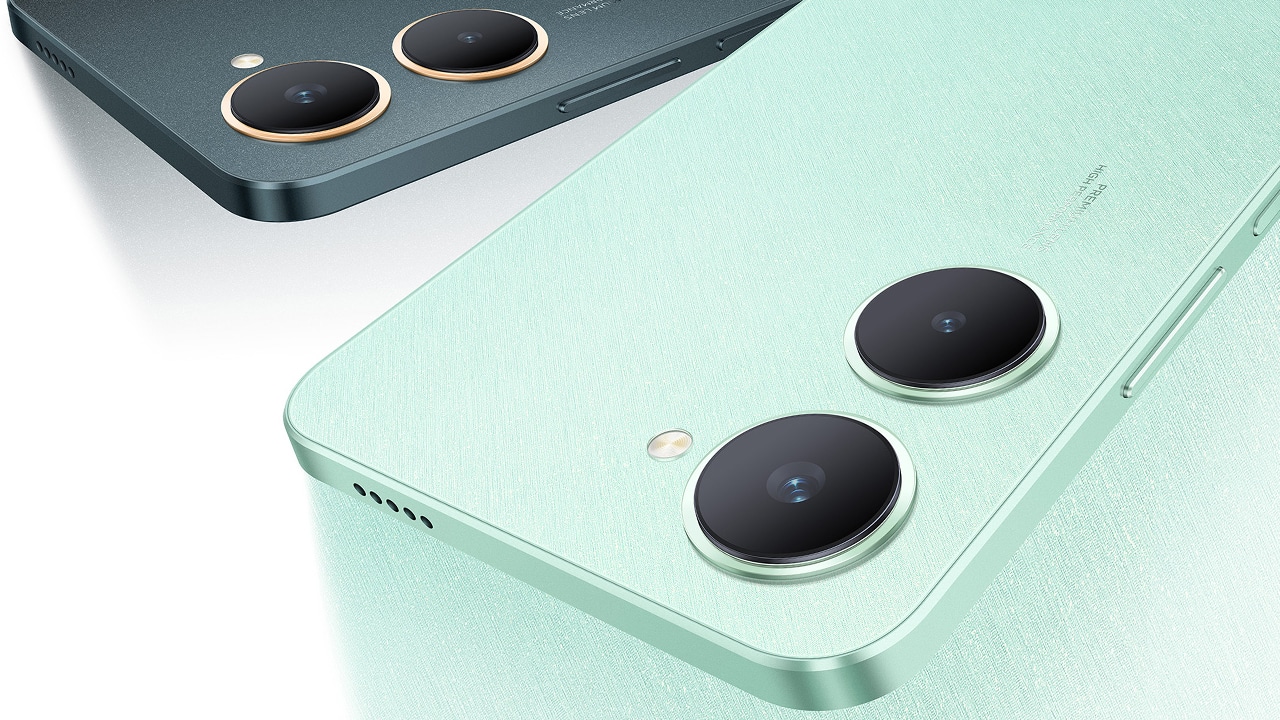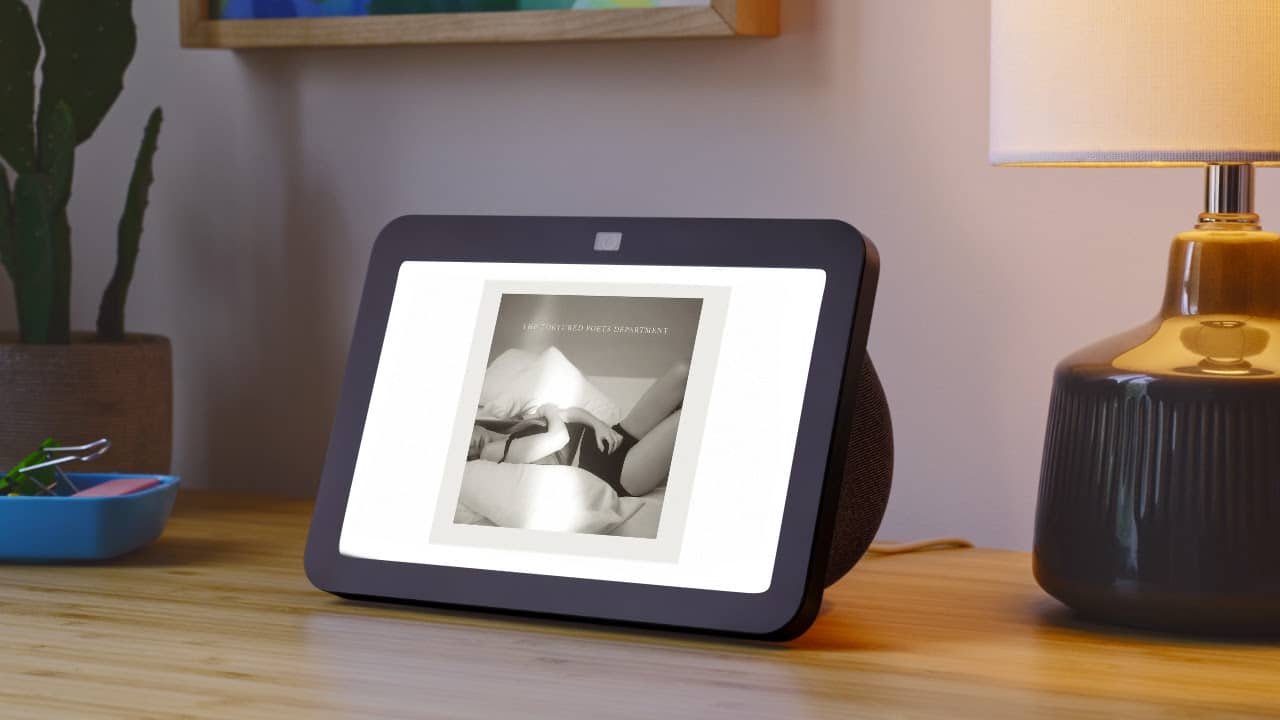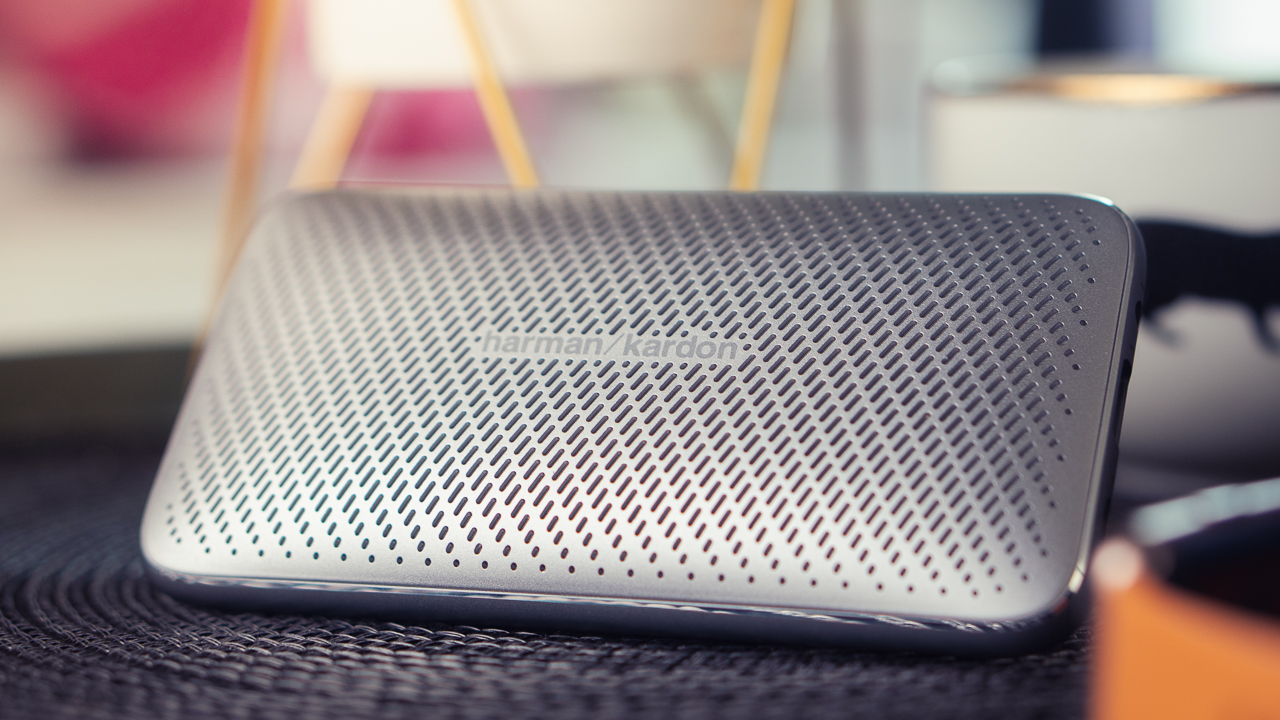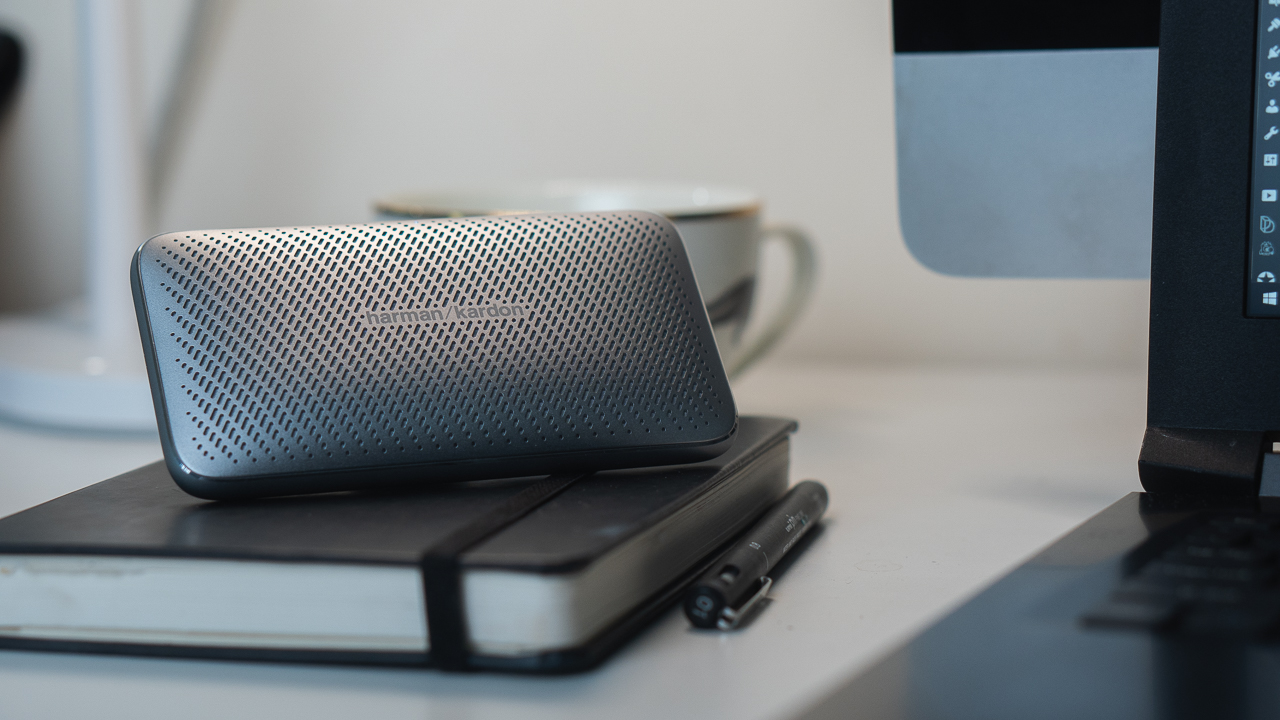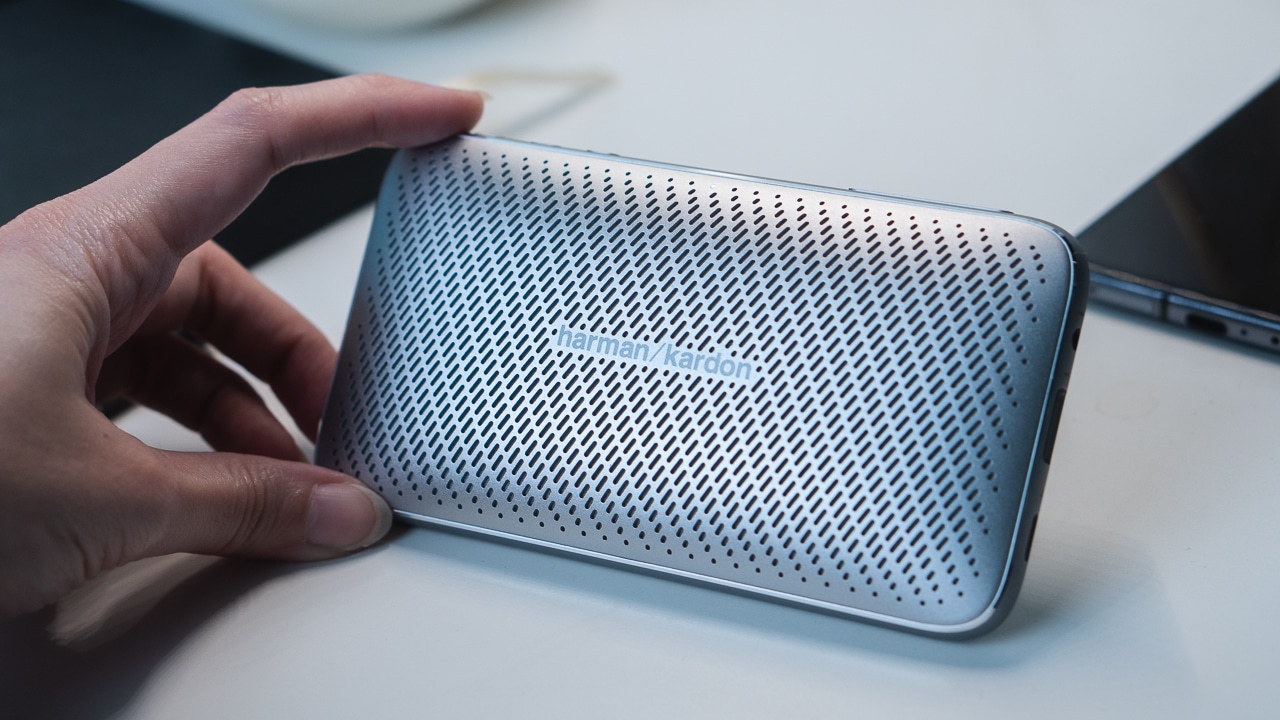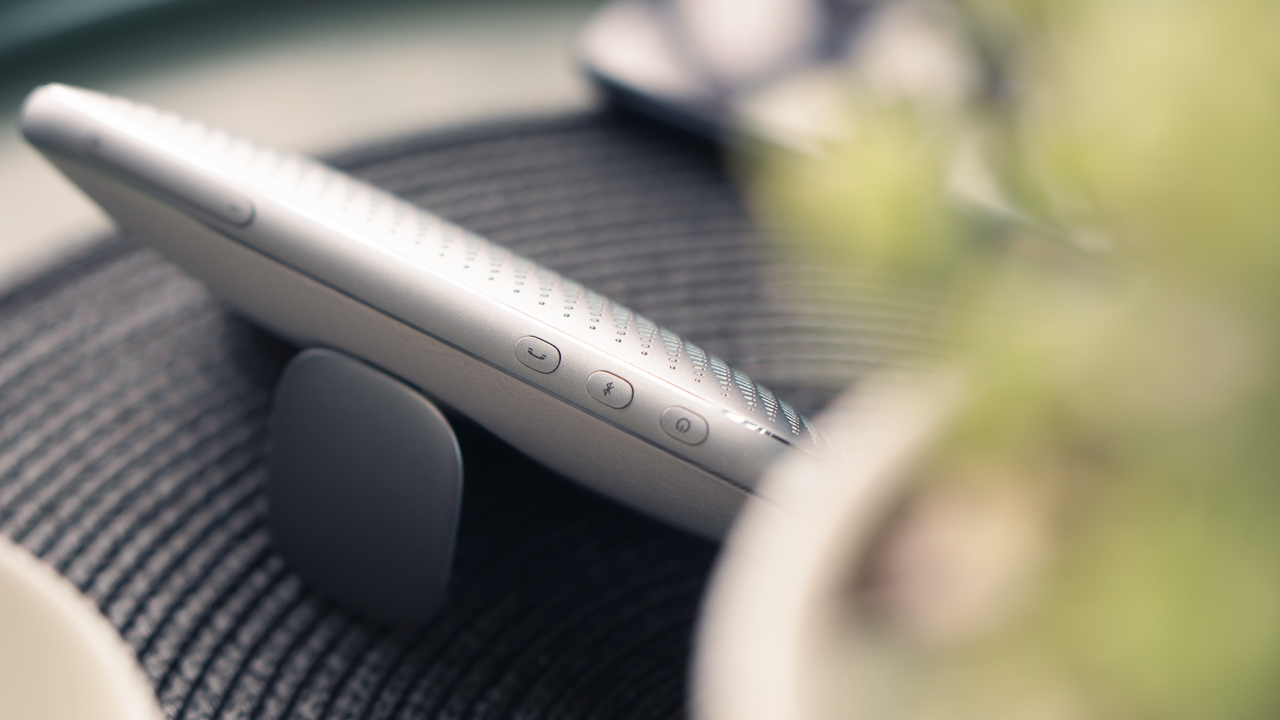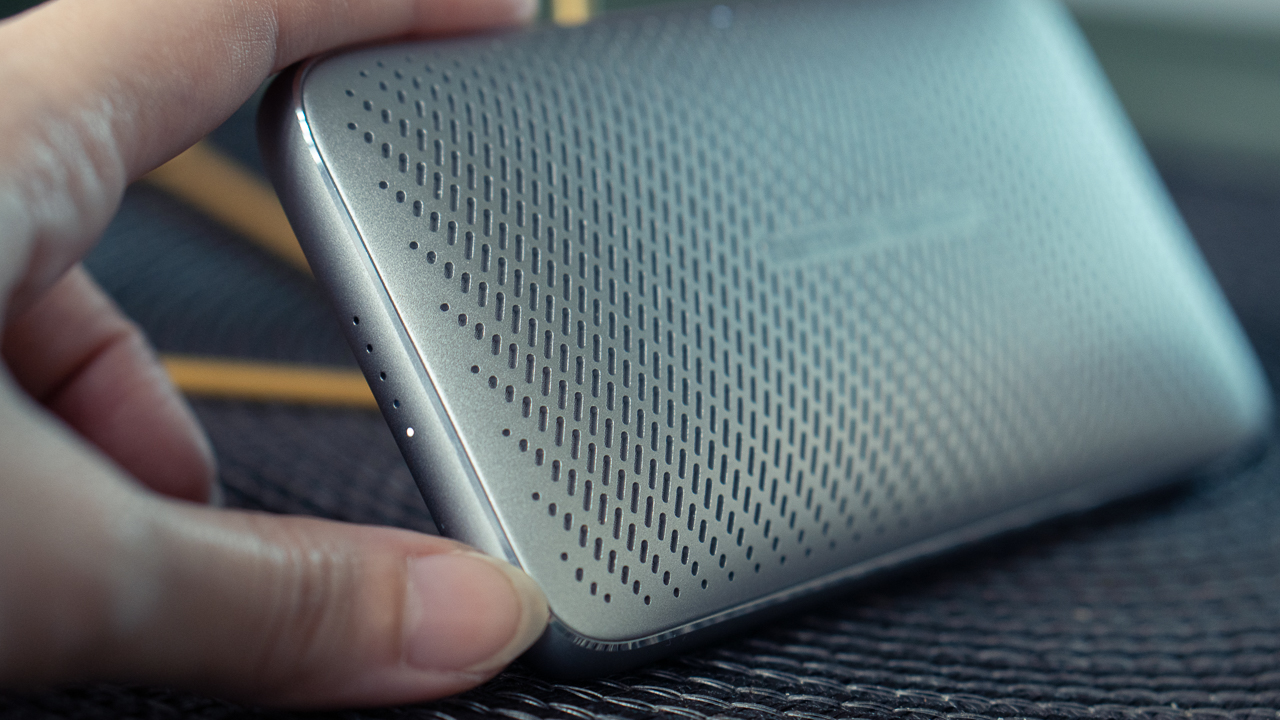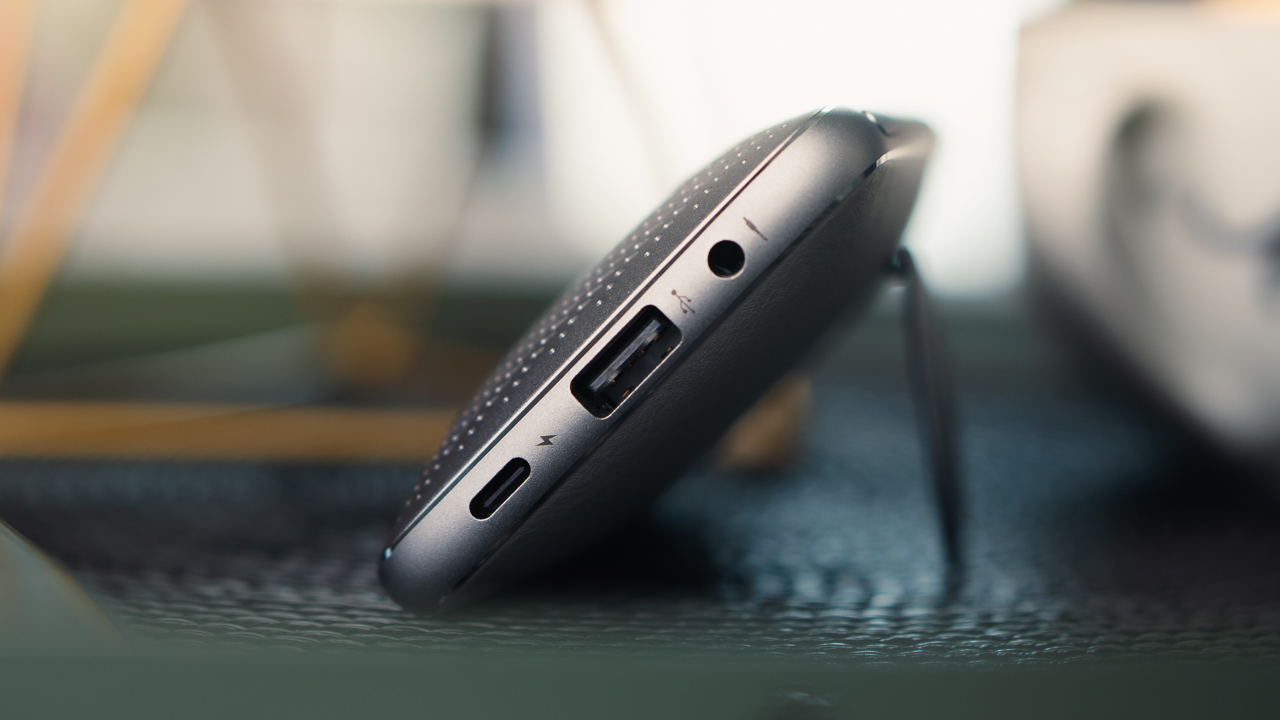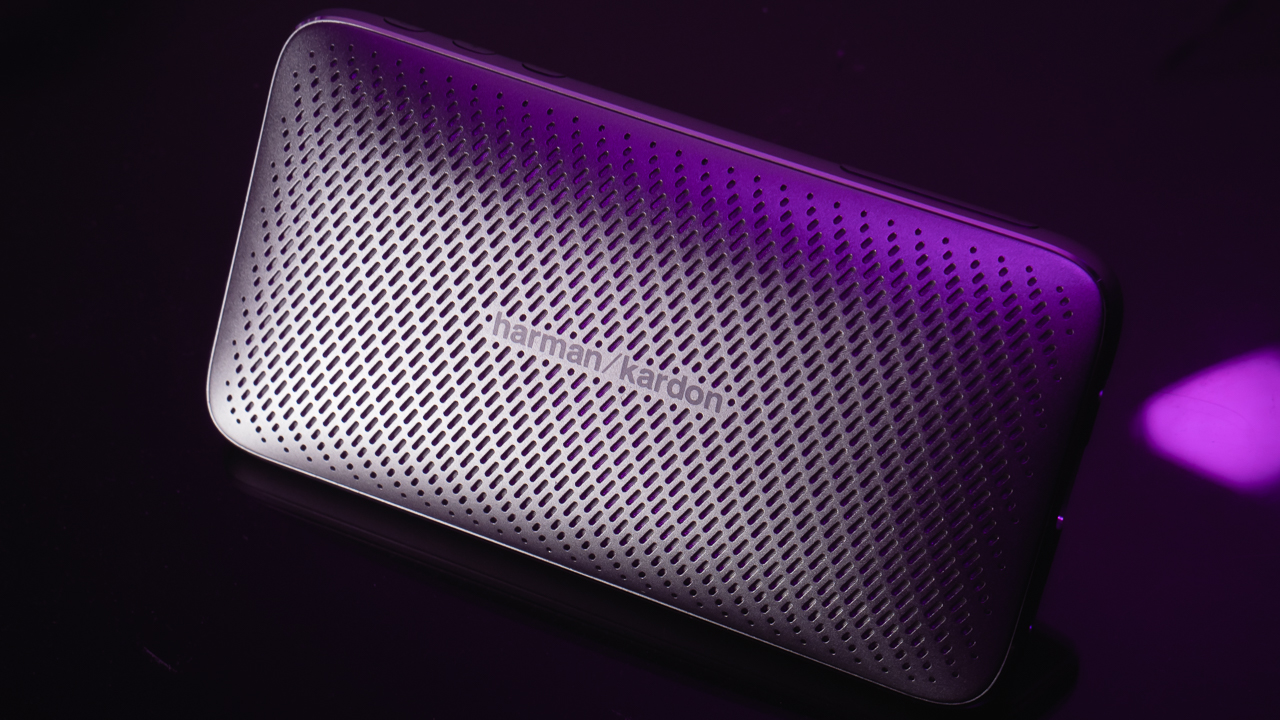We all know that keeping an active and healthy lifestyle is key to boosting your immune system which is important especially these days when we couldn’t afford to get sick.
And if you’re serious about monitoring your lifestyle and daily habits, a fitness band really helps in staying on top of your daily activities.
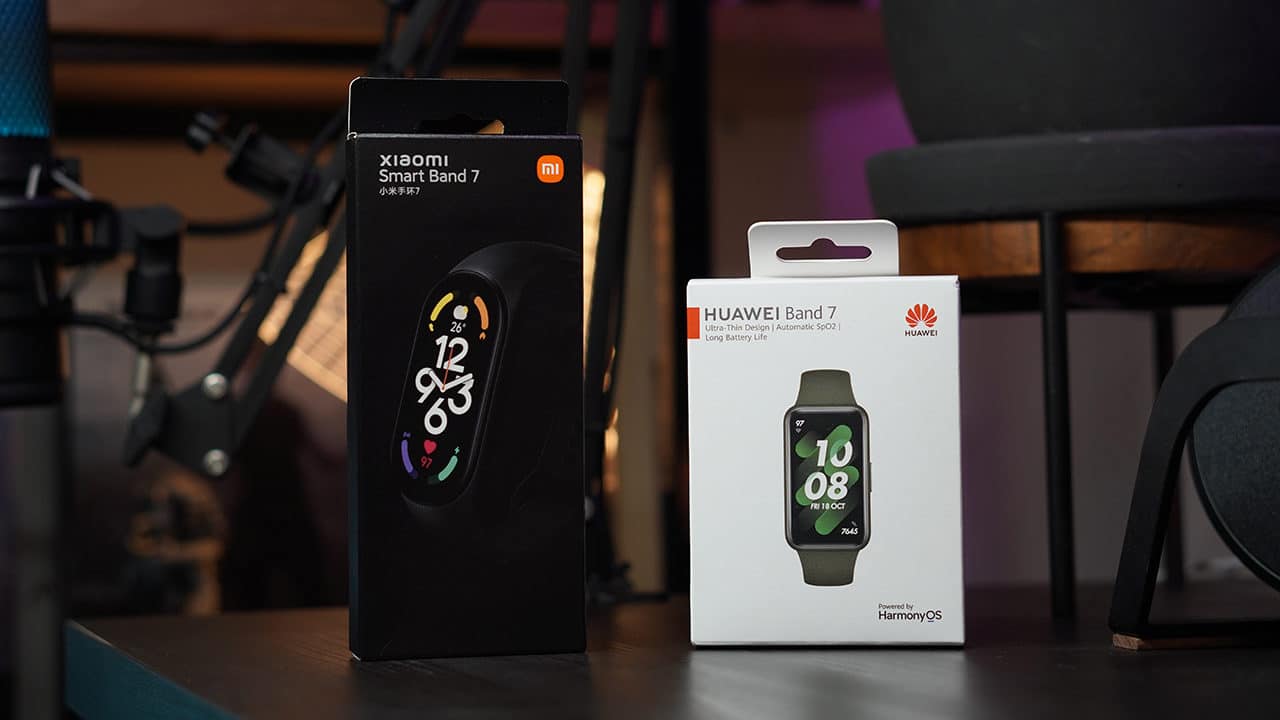
In this article, we compare two newly released activity trackers both targeted to be affordable solutions for consumers. We have the Huawei Band 7 and the Xiaomi Band 7 or Smart Band 7 as it is known globally, but the question here is this – which of these two offers a better bang for your buck?
We find out in this comparison.
Display and Design
Let’s start with both their designs. As you can see, display shape is one of the main differences between these two gadgets. The Huawei Band 7 comes in this rectangular FullView display compared to the Xiaomi Band 7 which carries a more traditional capsule screen.
Both carry AMOLED panels so colors are vibrant for both devices and can easily be seen even under direct sunlight.
On paper, Xiaomi’s Band 7 appears bigger at 1.62 inches vs Huawei’s at 1.47 inches, but since Huawei goes for a smartwatch look, users get to enjoy a bigger screen real estate which fits more elements when navigating through the device.
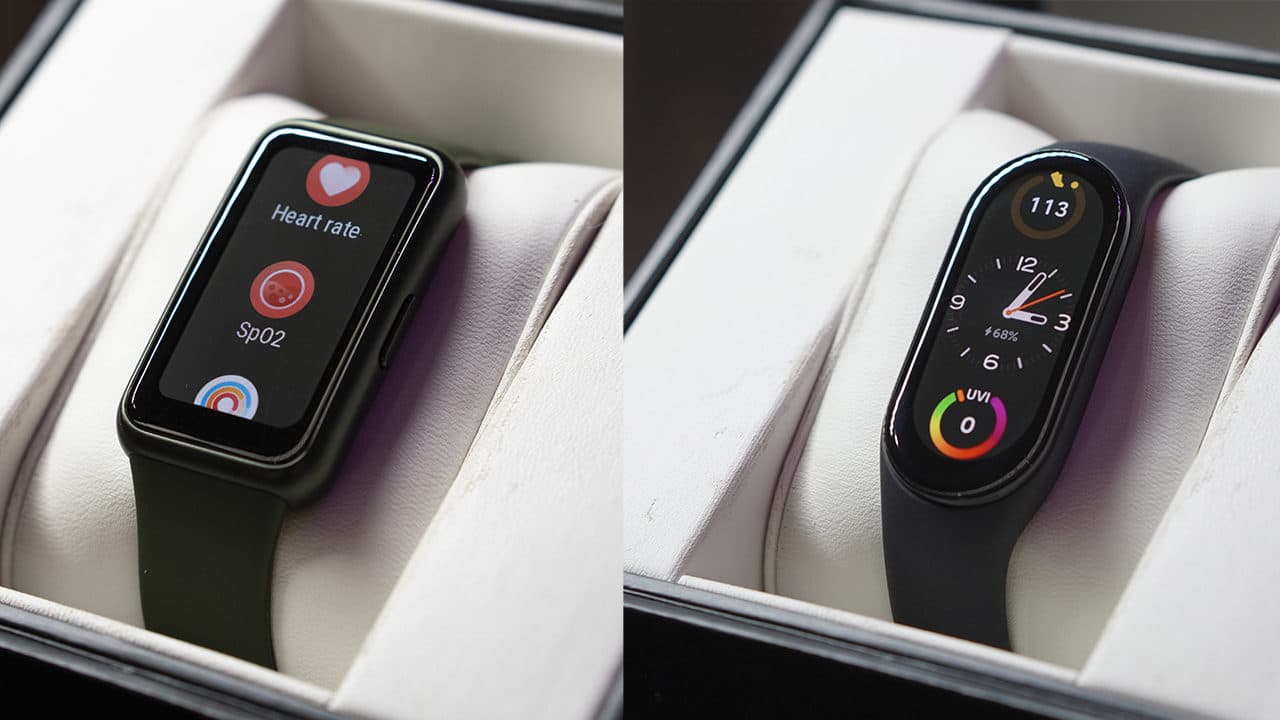
Personally, having been able to fit more options and elements on the screen makes for a more efficient experience as you’re presented with more options that eventually mean less swiping.
Talking mainly about aesthetics, it’s also a plus for me that the Huawei Band 7’s form factor resembles a smartwatch more than a simple fitness tracker.
As for the device itself, the body of Huawei Band 7 comes in the same color as its strap so while the straps are easily interchangeable, you’d have to consider a color that goes well with the frame of the device. This is not the case with Xiaomi Band 7 since the strap wraps around the device itself. By changing the strap, you can easily change the overall look of the device.
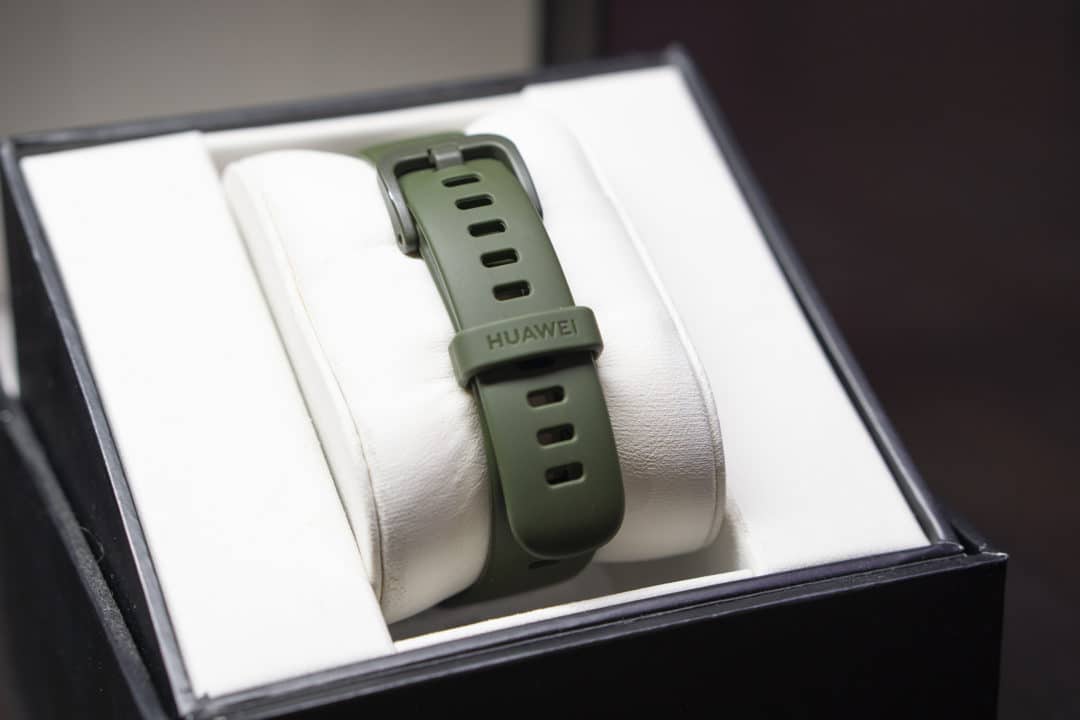
In terms of form factor, Huawei is proud that its Band 7 is the company’s lightest and thinnest smart band yet with only a 9.9mm thin body (compared to 11.45mm of Xiaomi Band 7) and is lightweight at 13.5g (vs 16g of Xiaomi Band 7).
While a few grams don’t really make a world of difference, you can definitely see that Huawei is really pouring its efforts to outdo itself and its previous generations and even outdo the competition.
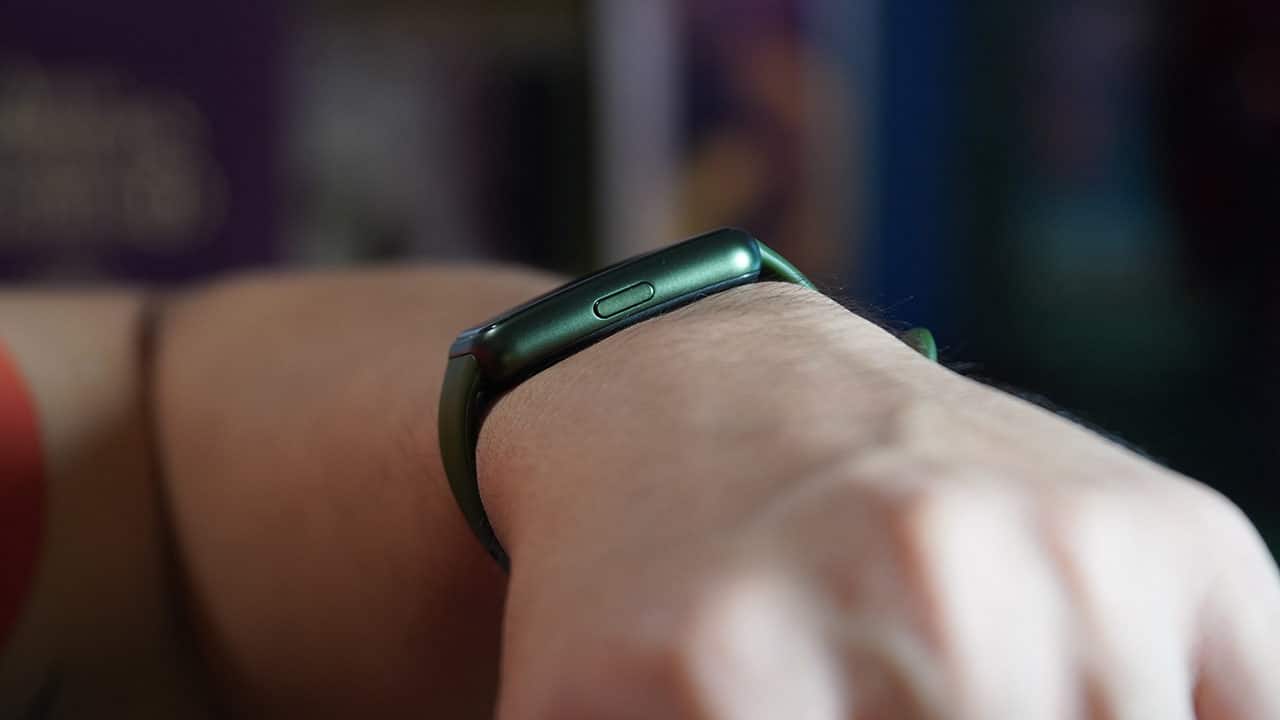
Another noticeable difference is the fact that Huawei Band 7 has its own physical button to bring up the menu and perform other functions, while the Xiaomi Band 7 skips this and relies on gestures to show more details.
This is not a total disadvantage for Xiaomi but in my experience, it’s faster and more reliable to accomplish tasks with a simple press of a button – whether checking your activity records or going back to the main screen – rather than using gestures.
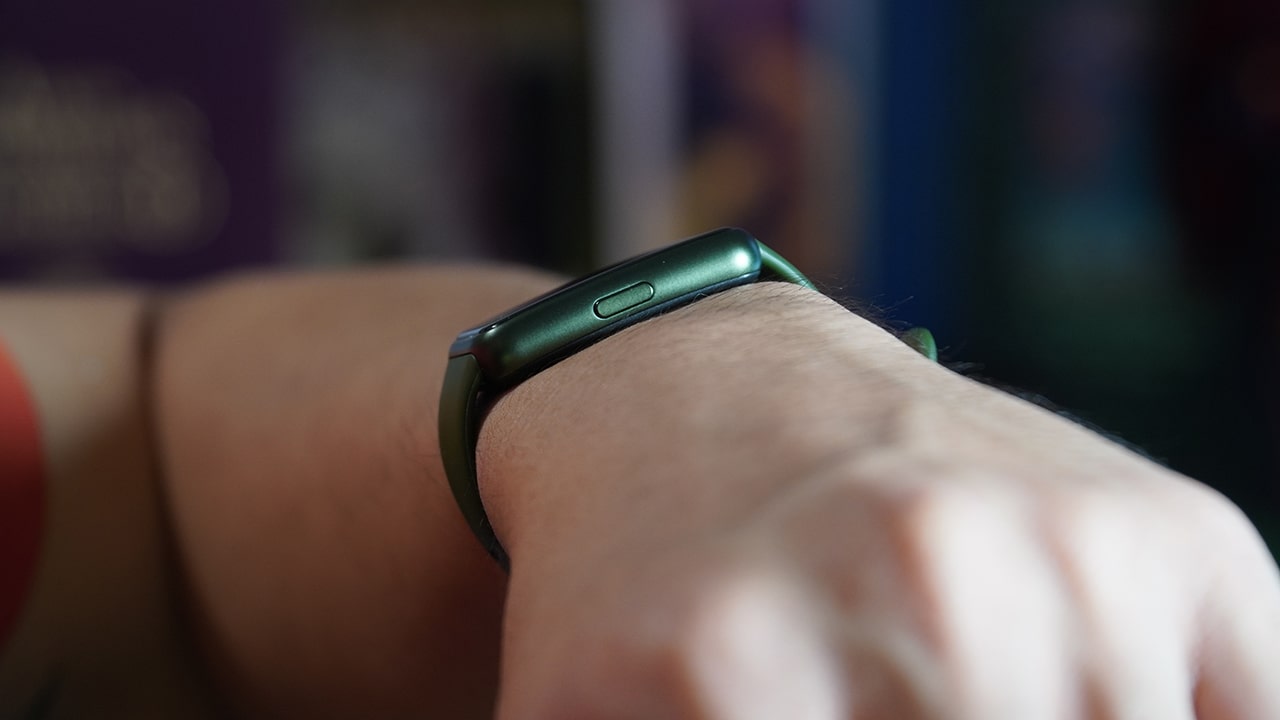
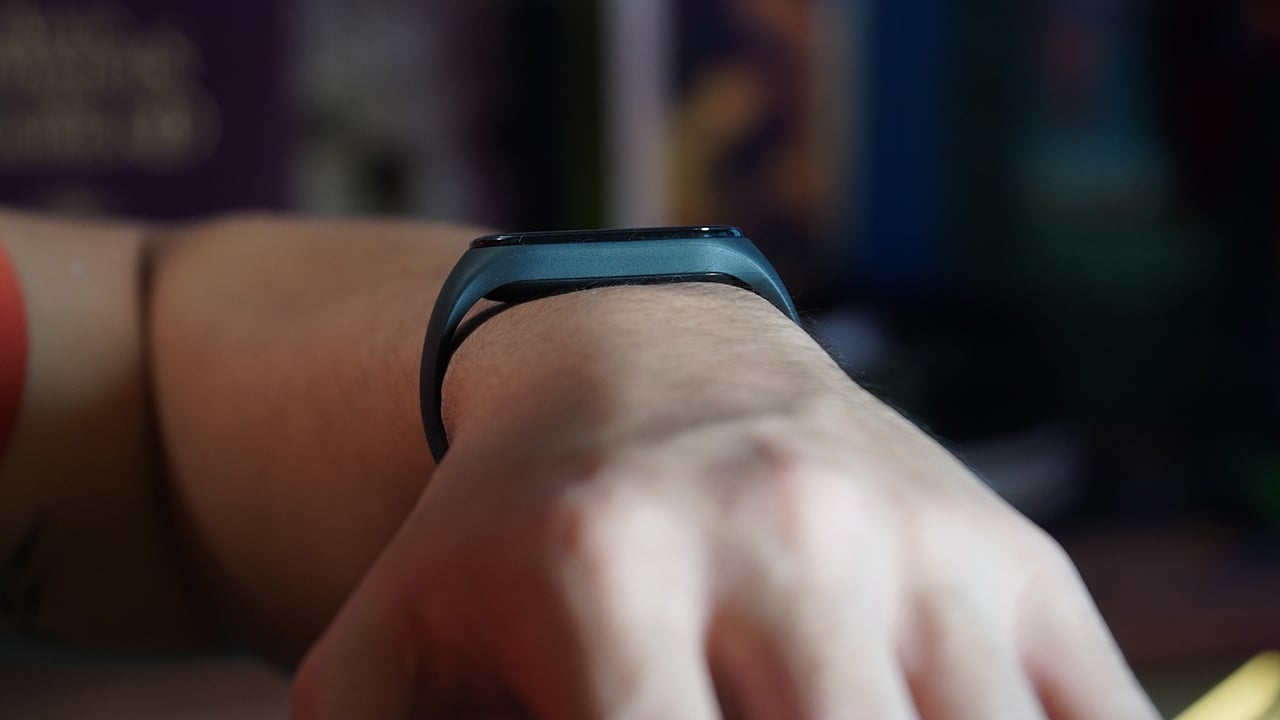
Additionally, when worn, Huawei Band 7 feels and looks more of a snug fit as the device’s lug-to-lug distance is shorter compared to Xiaomi Band 7 which leaves gaps around your wrists.
But as far as water resistance goes, both these devices are sealed up to 5ATM so you can wear them while swimming or if you’re caught in the rain while jogging, for example.
Health and Fitness
While Xiaomi Band 7 kind of left us wanting more in the design aspect, it makes up for it when it comes to fitness features. It’s equipped with 120 workout modes including your usual activities like running and doing yoga, to even more obscure ones like playing chess.
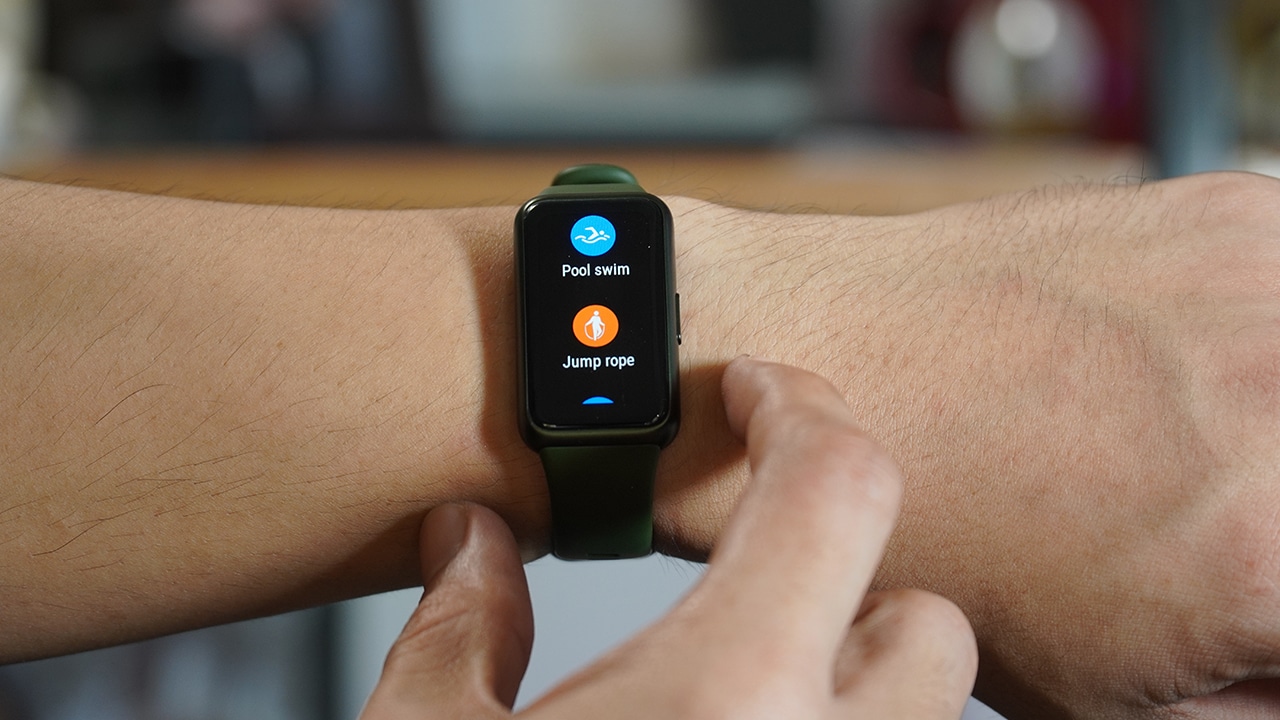
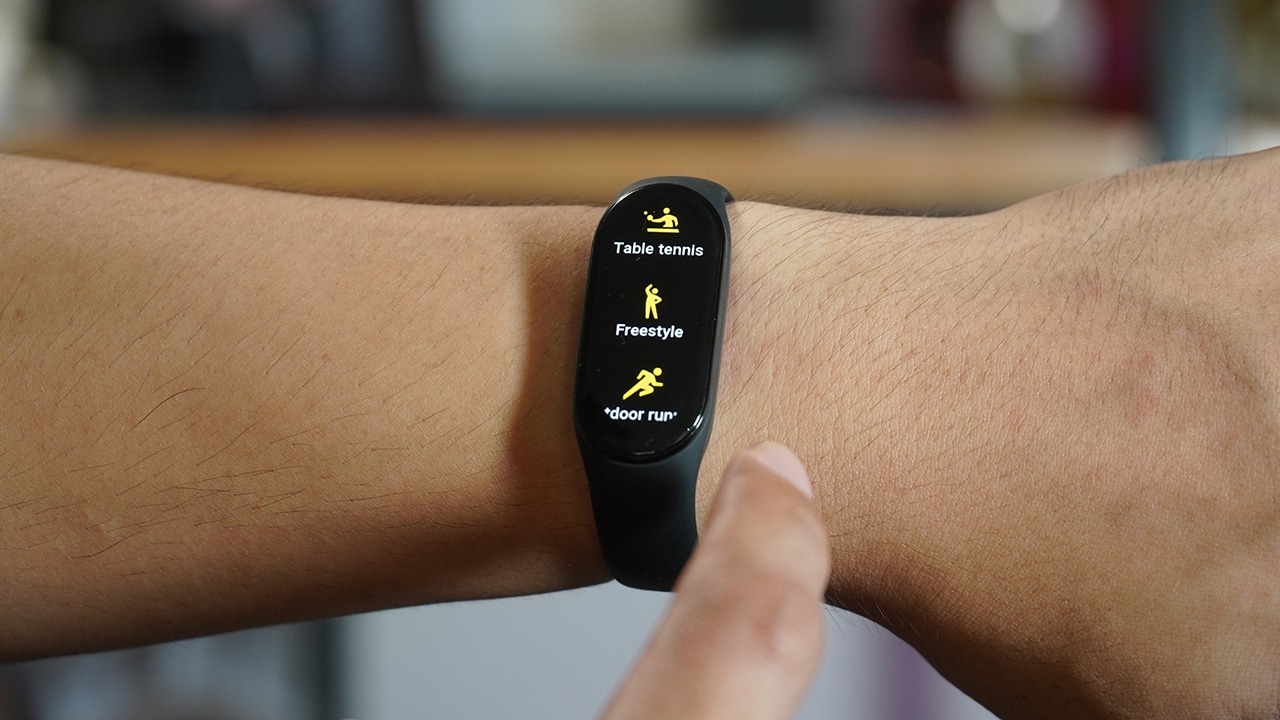
Huawei tops out at 96 workout modes which is still a lot. Although, in my experience, it’s easier to access all of Xiaomi’s 100+ workout presets with its UI layout than Huawei’s which requires you to dig through more tabs when looking for certain workouts.
Both are proud to offer all-day health monitoring which is one of the things you should look for in these types of devices.
They come with heart rate and blood oxygen trackers that are key measurements for one’s health and alert you when either falls out of the safe zone. Really useful.
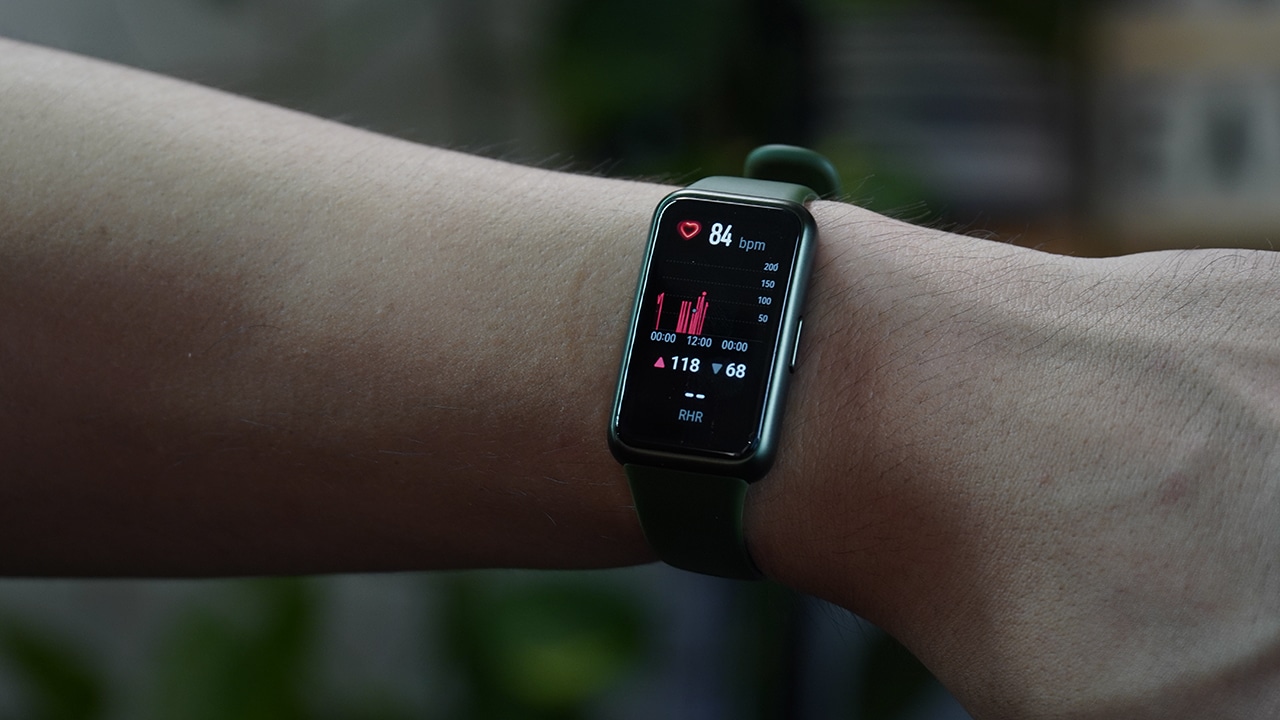
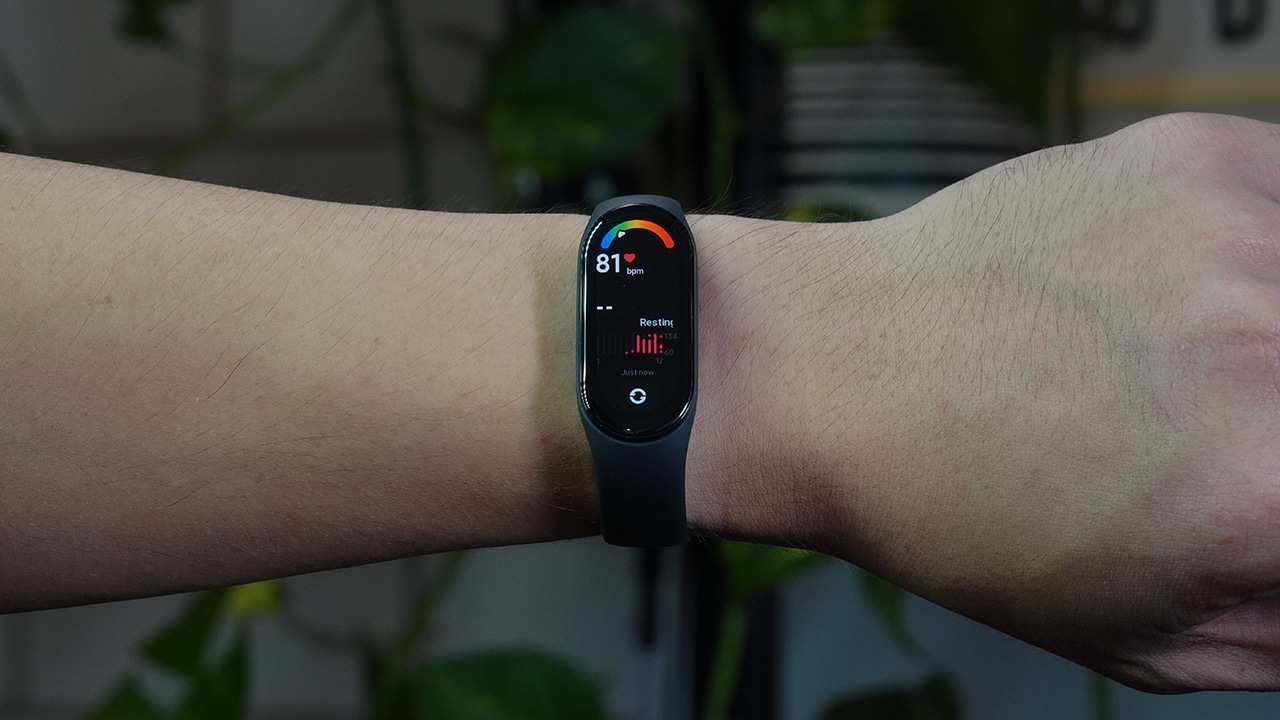
Sleep tracking is also present for both and accurately logs your nightly schedule. It then shows your sleeping patterns so you’re able to adjust and achieve better rest especially if you’ve been logging irregular sleeping schedules.
Stress monitoring is something that I personally thought I didn’t need (because who wants to be told that they’re currently stressed out, right?), but something that I definitely appreciated during my time with both these devices.
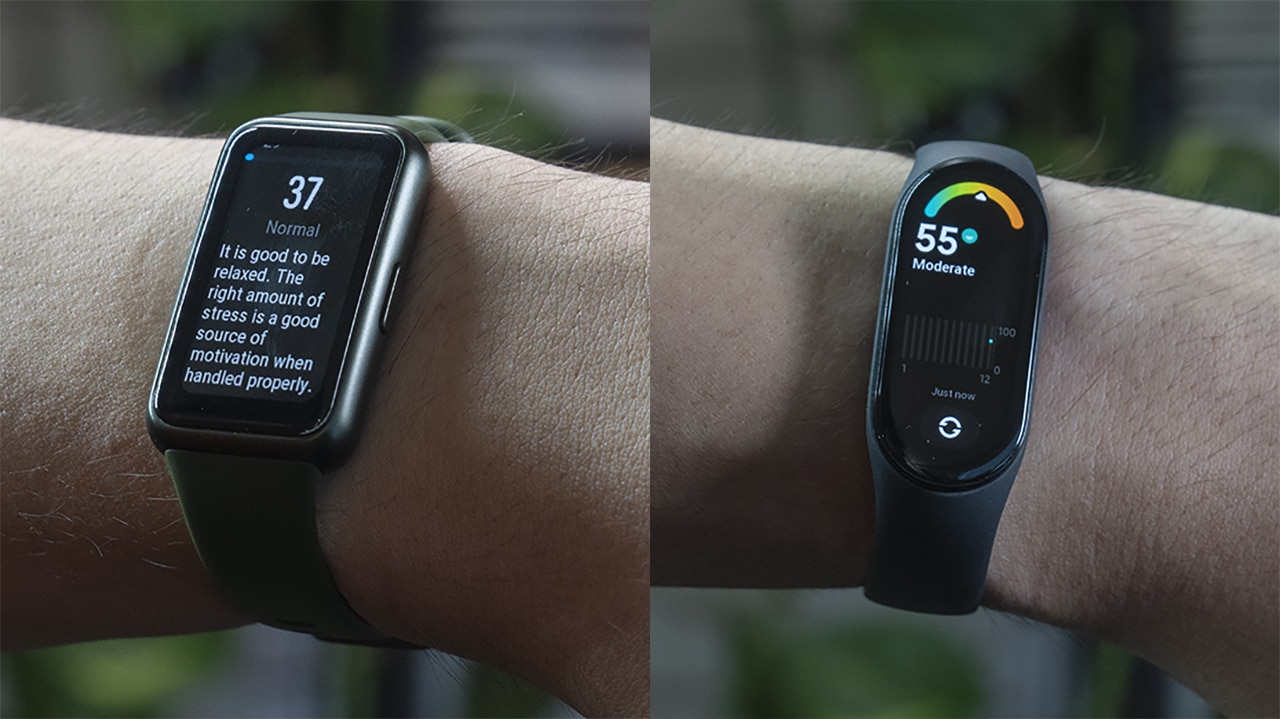
With stress monitoring, I was able to pinpoint my stressors and, in turn, was able to do something about them. It’s not about totally avoiding stress, but learning how to handle them better when you see your stress levels rising.
Both also come built-in with breathing exercises to help calm you down that, again, turned out to be a welcome feature I initially thought I didn’t need.
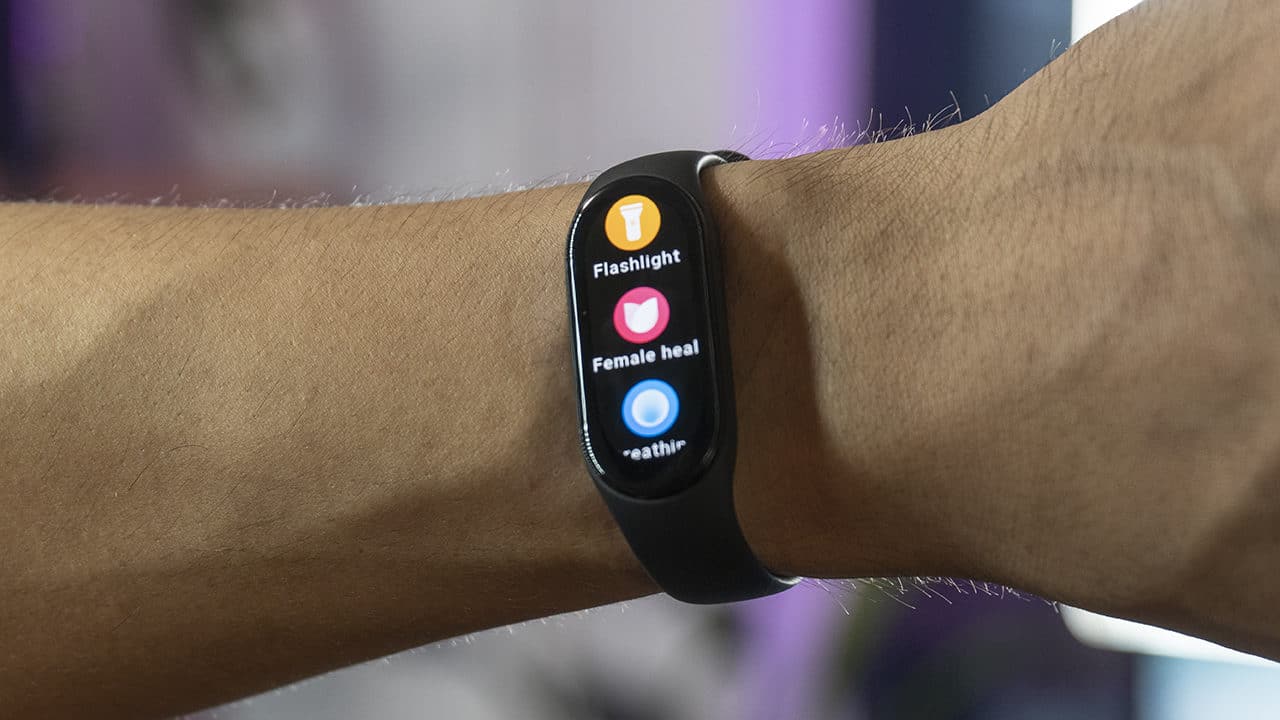
Additionally, Xiaomi Mi Band 7 has support for women’s health tracking while Huawei Mi Band 7 has alerts to remind you to drink water and even take your meds.
As fitness trackers, both are capable as well and come with Training Load to better understand fatigue in athletes. Huawei can also show your recovery time, post-training analytics, and even your maximum oxygen uptake or VO2Max – all while coming equipped with Running Ability Index that deducts valuable information when running based on heart rate and speed data.
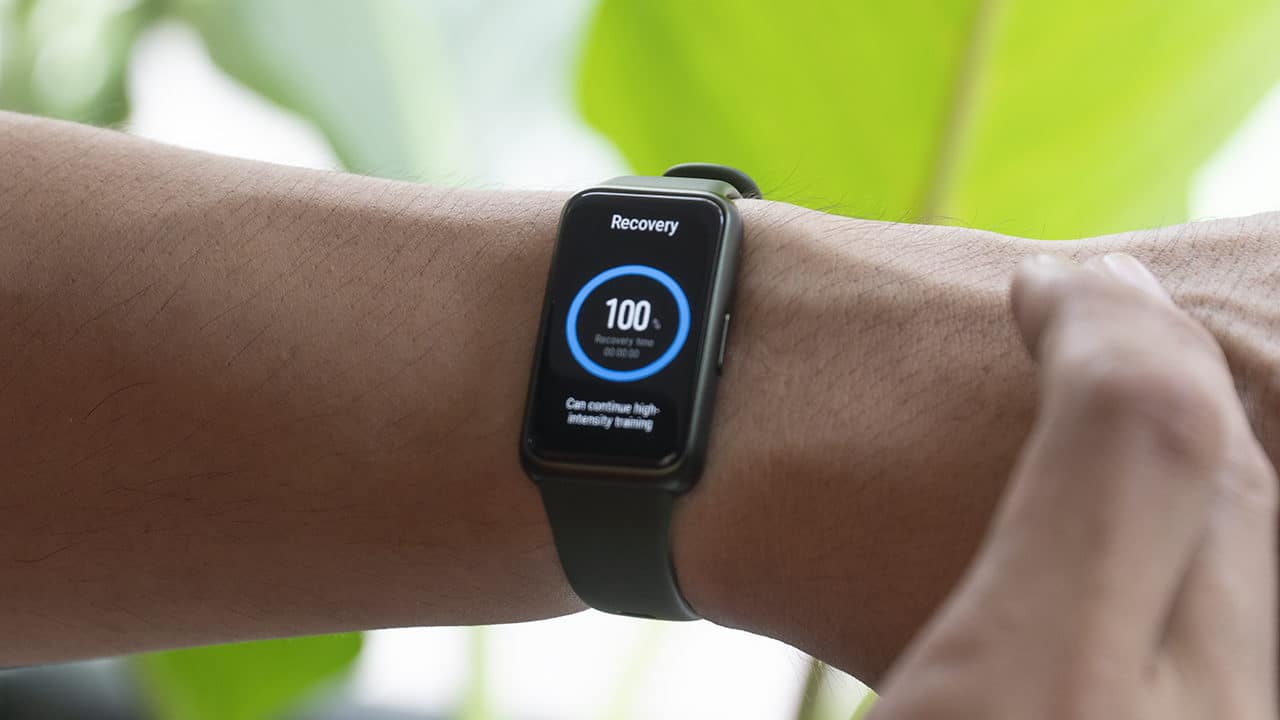
Based on these features, both are helpful and address certain needs of athletes or fitness enthusiasts so it’s a matter of going for a device that suits your active lifestyle better – if you’re more of a runner, Huawei has its array of features dedicated to improving your runs. On the other hand, Xiaomi targets a more general group of athletes.
Other features
Apart from monitoring your fitness and tracking your activities, both the Huawei Band 7 and Xiaomi Band 7 come with a handful of other features.
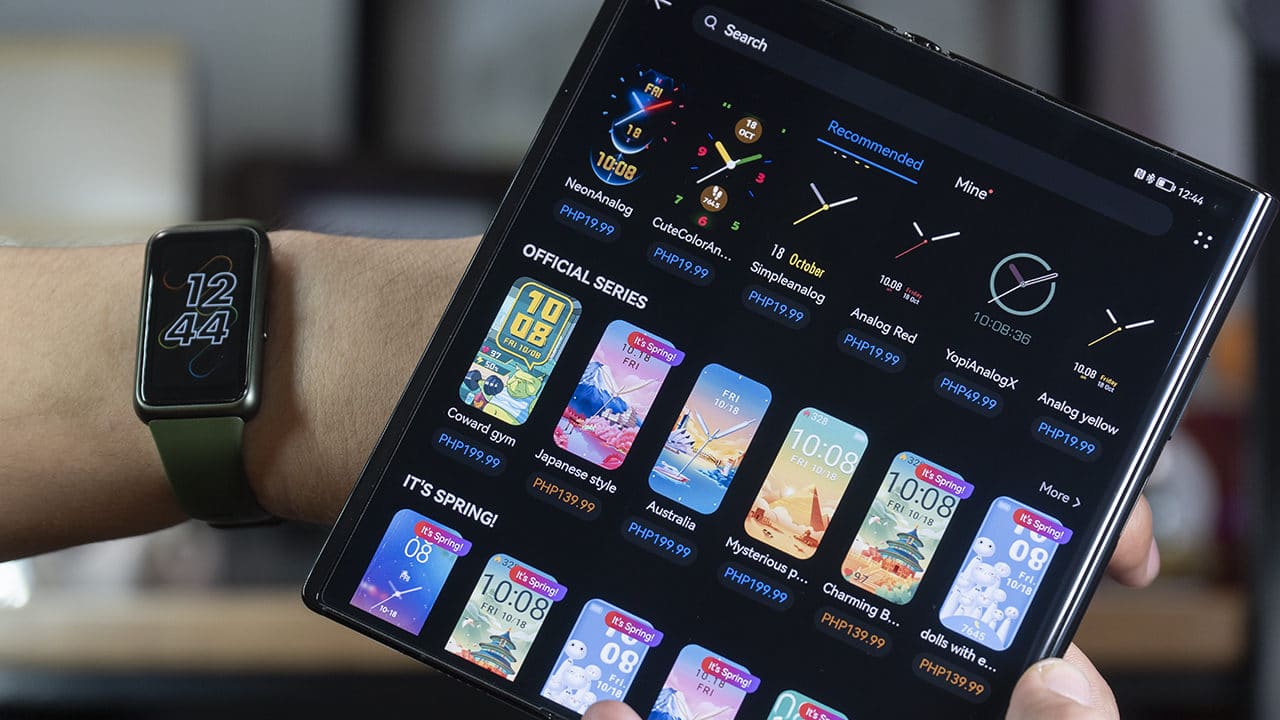
To give it a more personal touch and look, Huawei boasts more than 4,000 watch faces available to download that spans different designs and specific purposes in mind. Xiaomi is a little modest on this aspect and only offers 100+ watch faces for its Band 7. It’s nice to have a lot of choices and this will easily appeal to users who prefer to change things up once in a while.
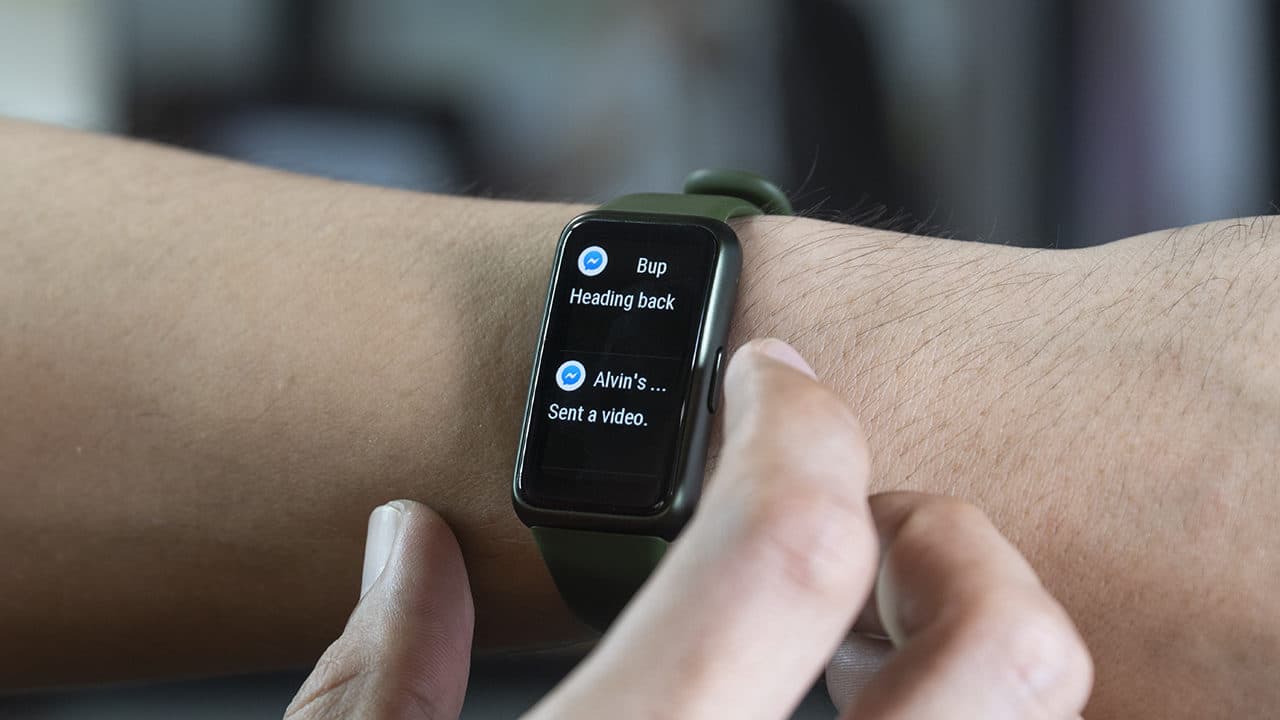
App and call notifications are present on both devices and delivers messages, calls, and other notice straight to your wrist. This way, you wouldn’t miss an important message or a call. And once you’ve received a message, Huawei has a quick message reply so you can send messages from the watch and you can even customize your very own special reply.
For compatibility, Huawei also boasts that the Band 7 works with Huawei’s HMS platform, Google’s GMS service, and Apple’s iOS to ensure that the wearable can easily pair and sync information and data across devices with no hassle.
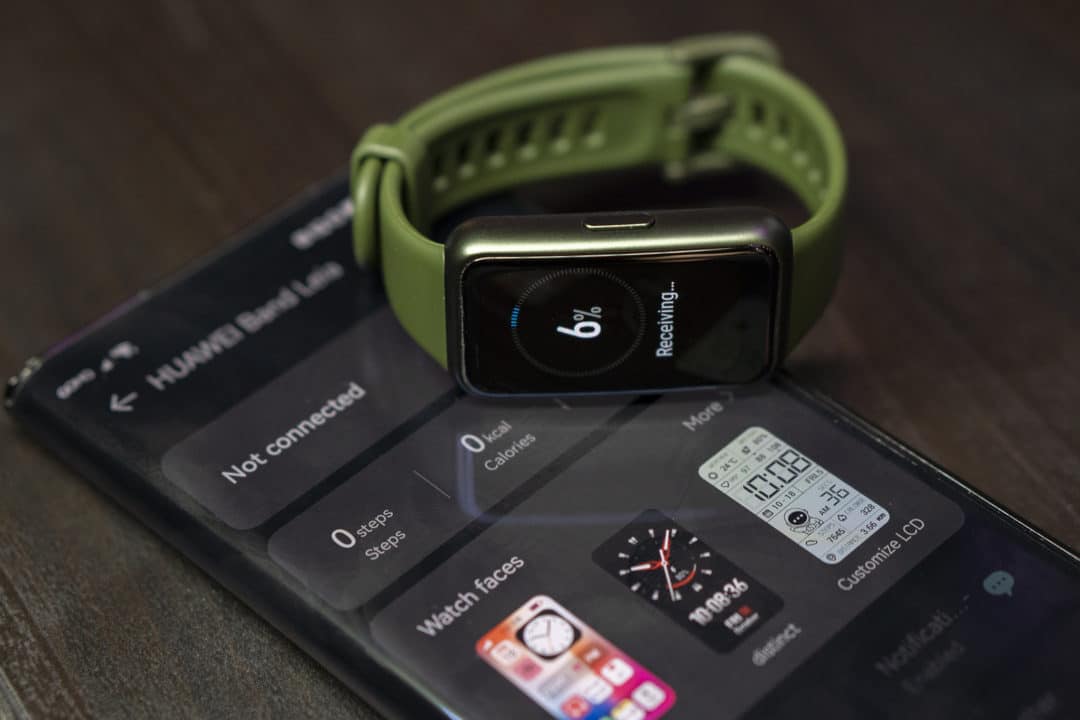
Indeed, this made connecting to the Huawei Health app effortless. The phone actually detected the Huawei Band 7 automatically without my command to pair which I think should be the standard across the border for all wearables. After granting permission to pair and receive data to the device, the band is all ready to go with a neat UI that shows all important info in one glance.
Pairing Xiaomi’s Mi Band 7 with the Mi Fitness app, however, wasn’t as smooth. Creating an account was easy and straightforward but when it came to linking two devices together, I ran into issues regarding verification of device ID which caused me to troubleshoot the problem before successfully pairing them together.
WATCH: Huawei Watch Fit 2: A worthy upgrade!
Now, this could easily be an isolated case but apart from that, I still found Huawei’s Health app slightly more complete and easier to get information from. Xiaomi’s app isn’t bad, but could still use some fine tweaking to improve user experience, in my opinion.
Both have an always-on display if you want info and details seen all the time, but of course expect this to reduce battery life for both devices.
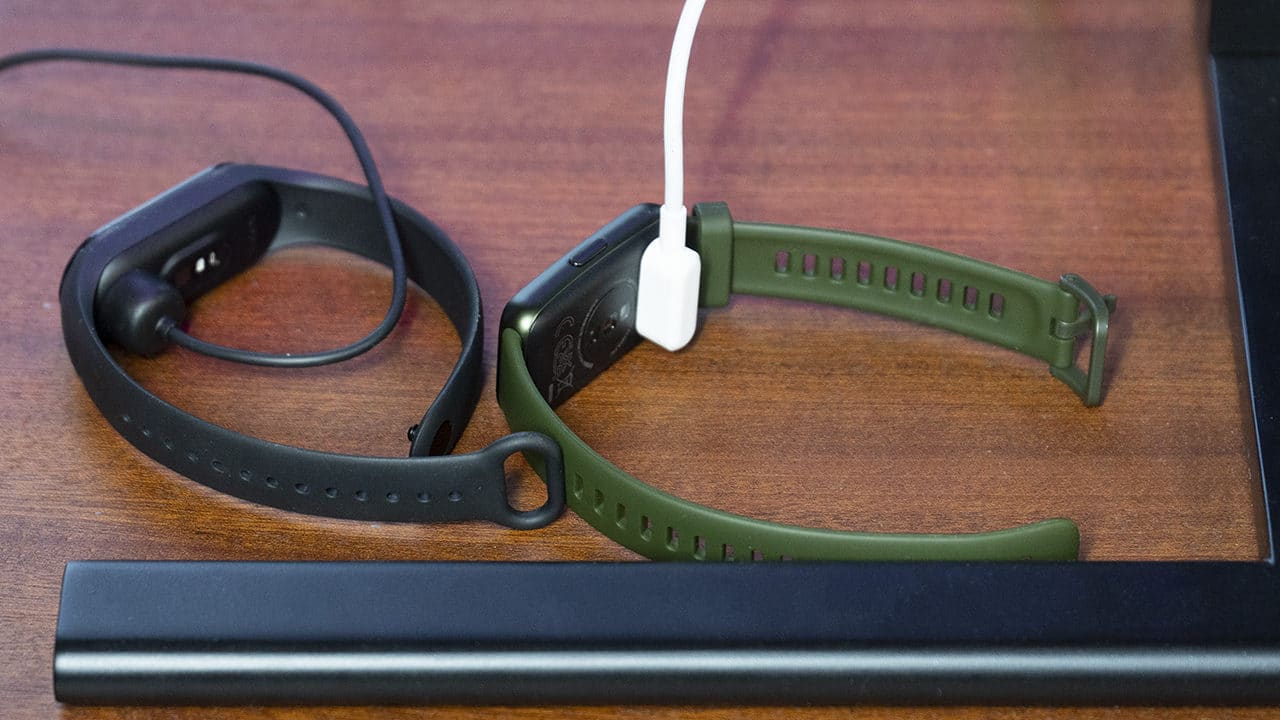
Speaking of batteries, they both have a two-week life from a single charge so that’s really good news. You wouldn’t have to keep on charging your device every so often and when it comes to charging, Huawei can fully top up the Band 7 in just an hour whereas Xiaomi needs a little less than two hours to fully charge its wearable.
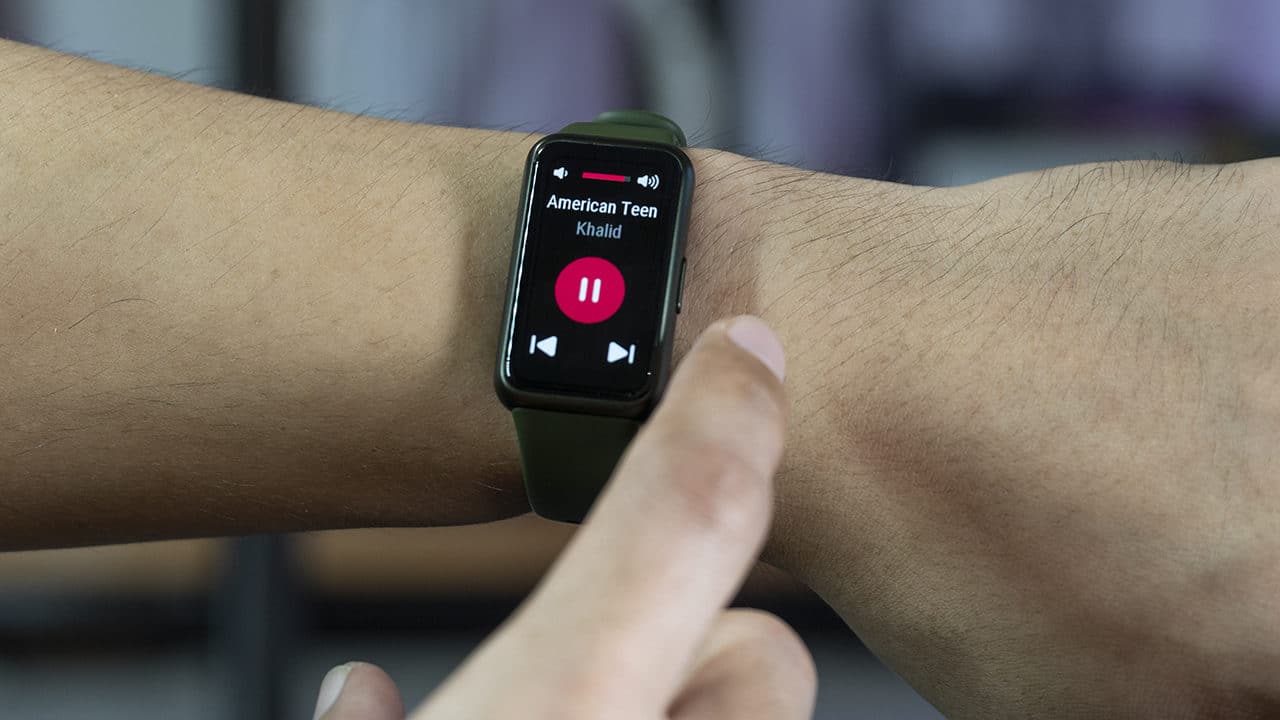
Apart from that, you get the usual support for music playback, alarm, weather, and other standard functions on both watches.
Final thoughts
With all these considered, it’s a pretty close matchup between Huawei and Xiaomi’s Band 7. They come with the same essentials like all-day monitoring for heart rate and blood oxygen and reliably track your sleep to help improve quality.
Fitness trackers are also very capable for both, albeit Xiaomi’s Band 7 comes with more workout modes. But if we’re talking about their differences that make them special, I would say that the fact that Huawei’s Band 7 comes with a bigger FullView screen makes it a more ideal everyday watch since you can see more in one glance and requires less swiping to accomplish tasks.
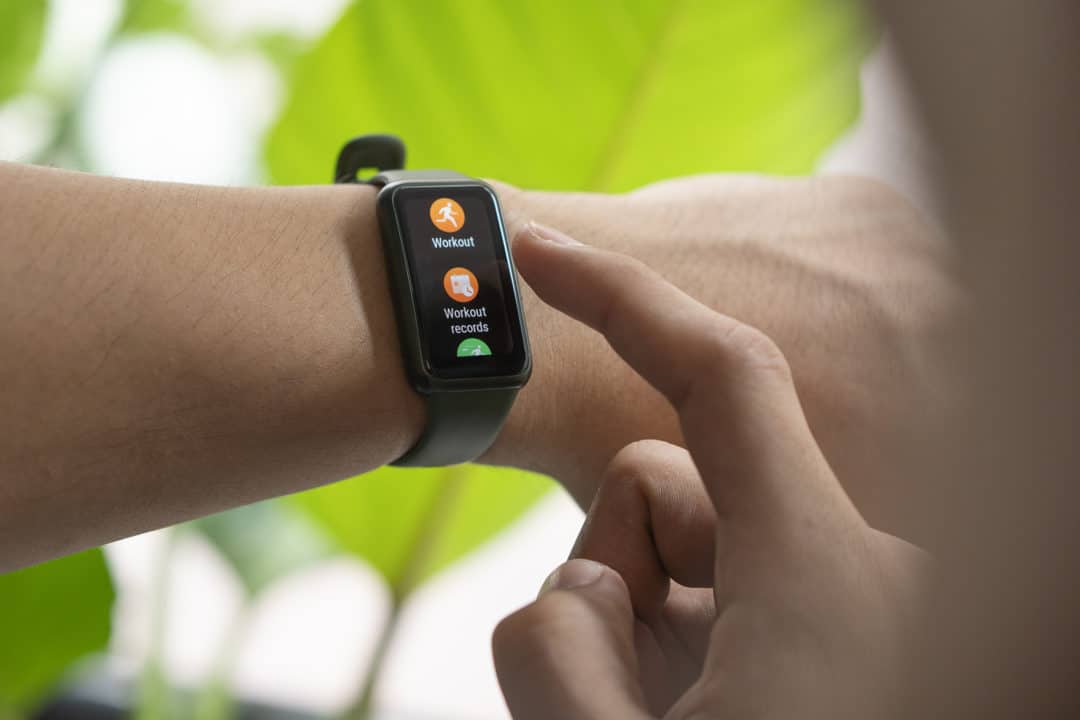
Of course, pricing is also a consideration. The Xiaomi Band 7 is priced in the Philippines at PhP 2,399 while the Huawei Band 7 has a price tag of PhP 2,599. This means that Huawei kept the same price tag from its predecessor, Huawei Band 6, but now comes with better design and functionalities. Meanwhile, Xiaomi’s Band 7 increased in price from the previous Band 6 priced at PhP 1,999.
While Xiaomi offers more workout modes, you do get a larger screen with a convenient physical button for Huawei’s Band 7, over 4,000 available watch faces, quick message replies, and all its fitness and health tracking features.
I personally think that having a smartwatch-like form factor while enjoying a bigger display on top of it being really thin and lightweight more than justifies the PhP 200 price difference.
The Huawei Band 7 can be purchased through the following links and is available with a special 7.7 offer:
- HUAWEI Store: https://bit.ly/3bpDUFH
- Lazada: https://bit.ly/3xMIMMC
- Shopee: https://bit.ly/3OihVPl



